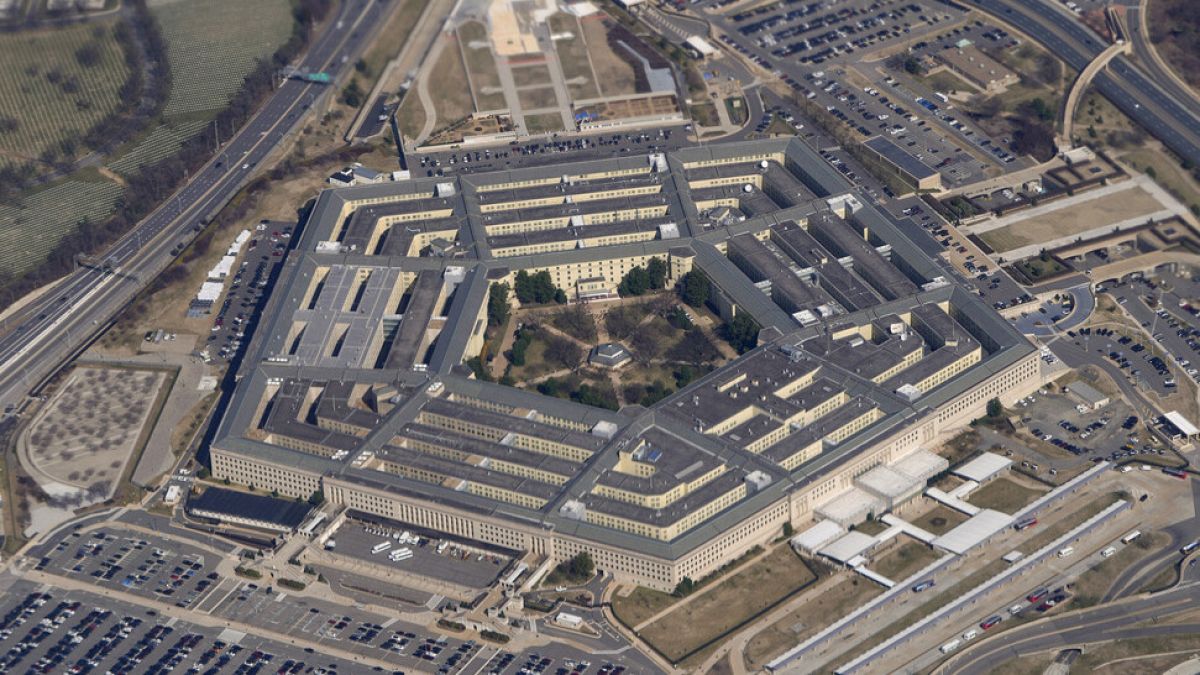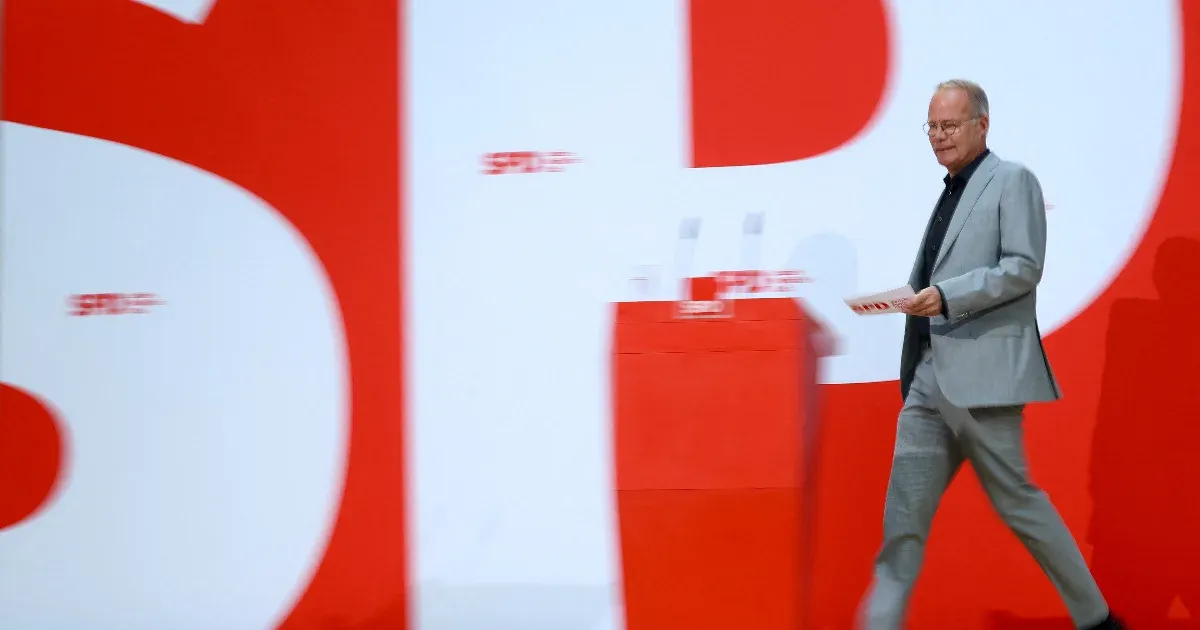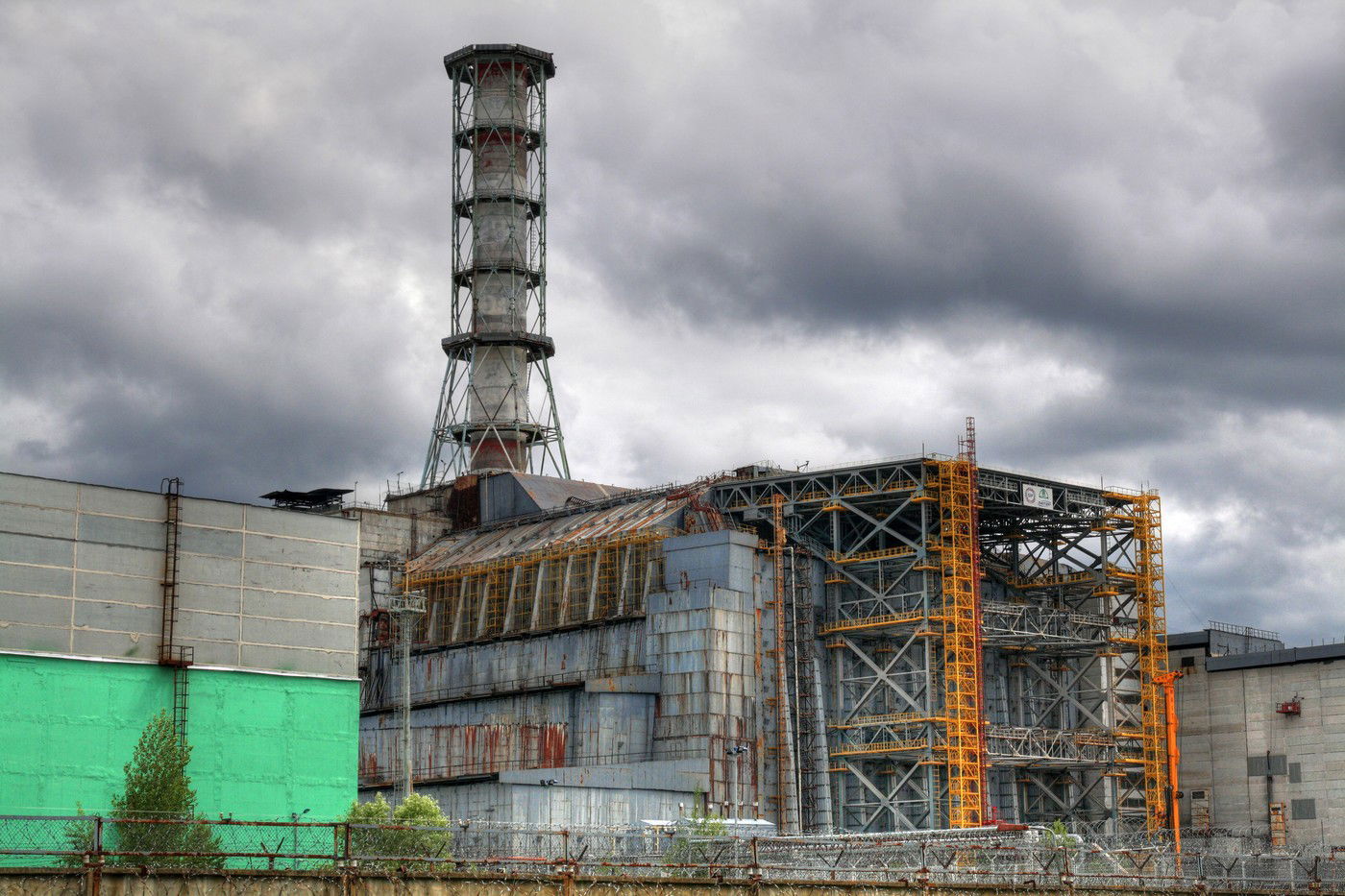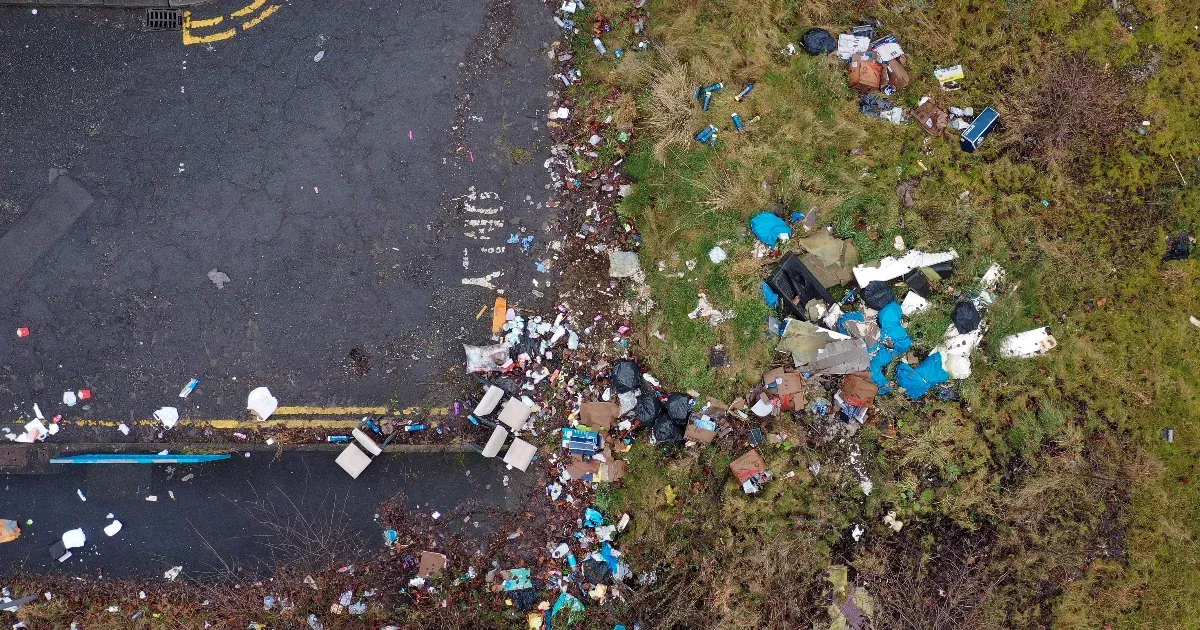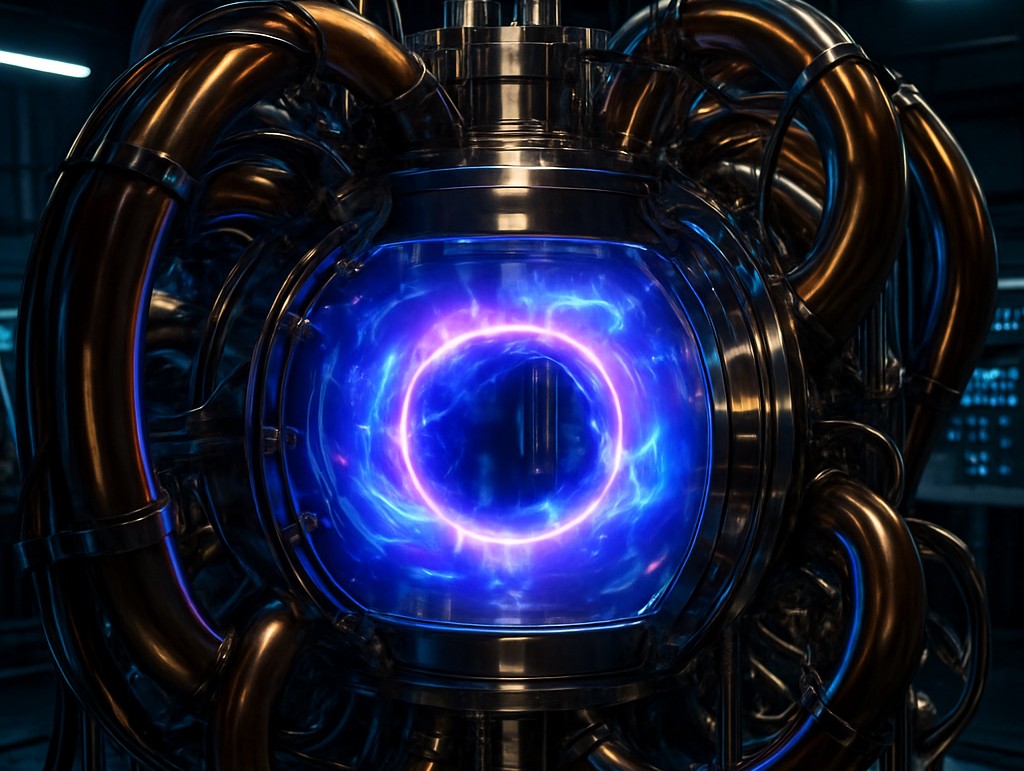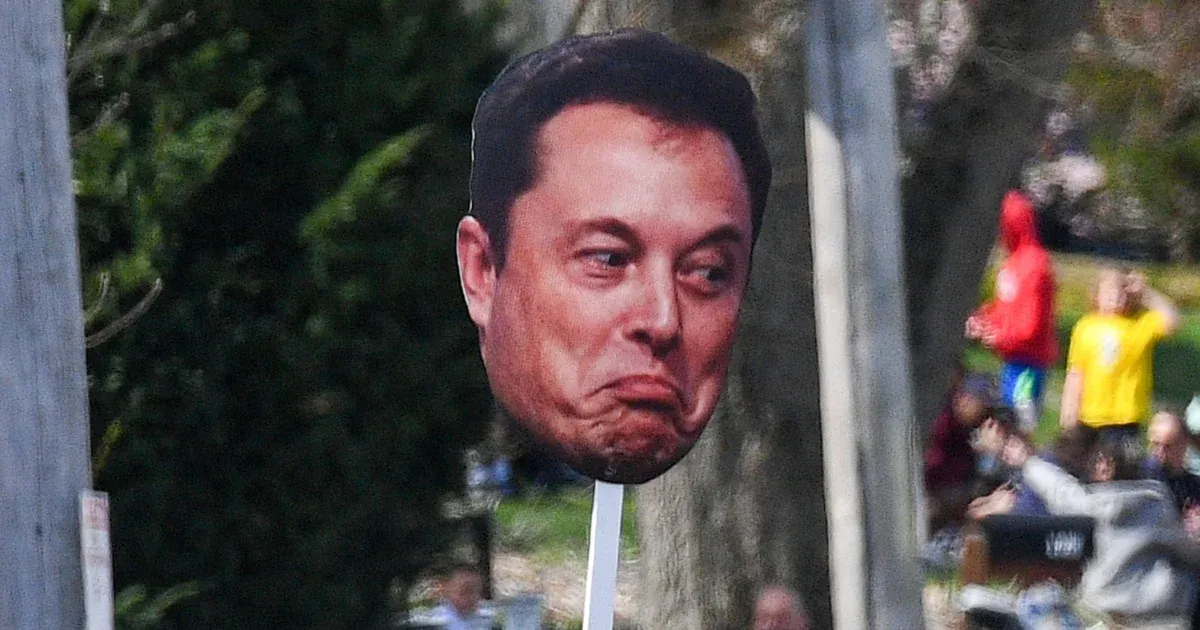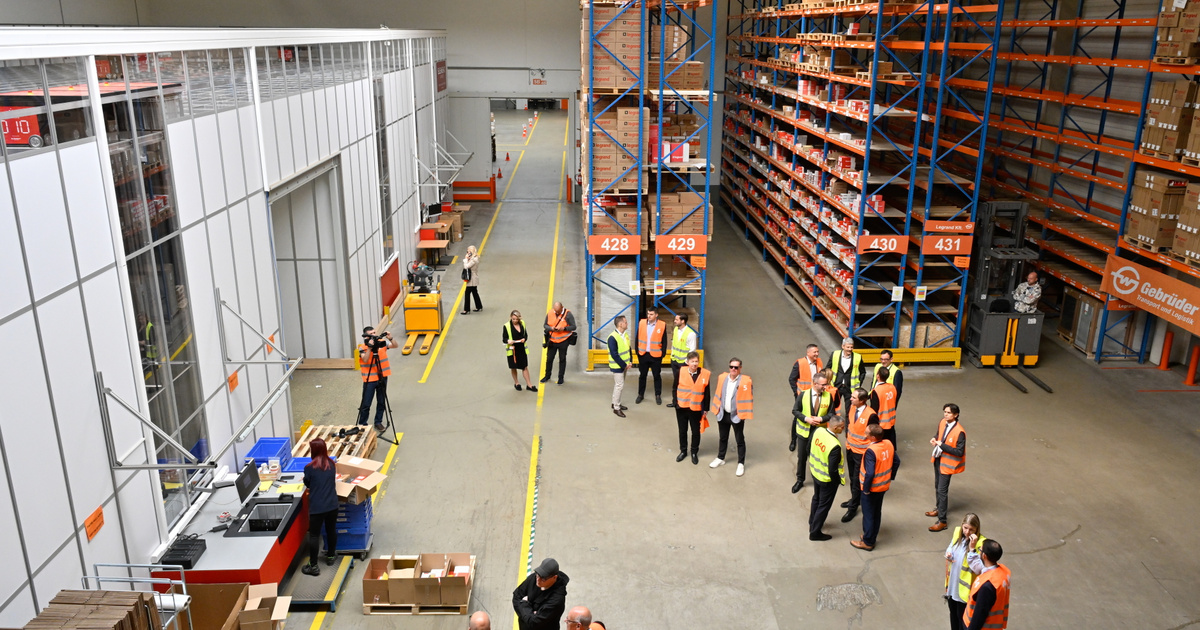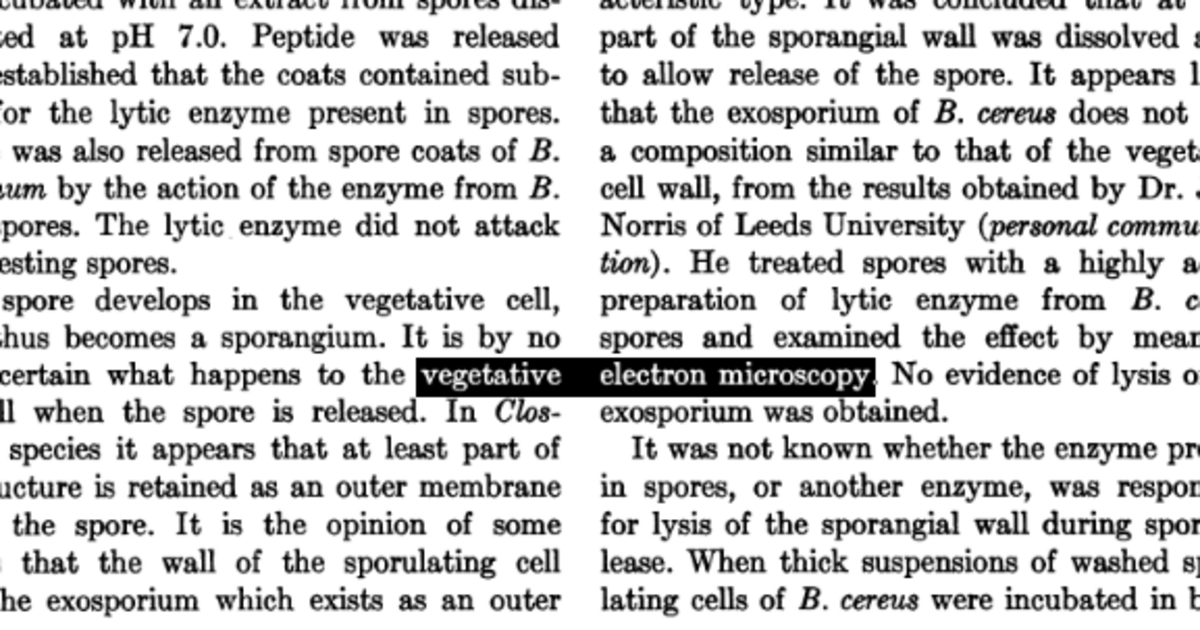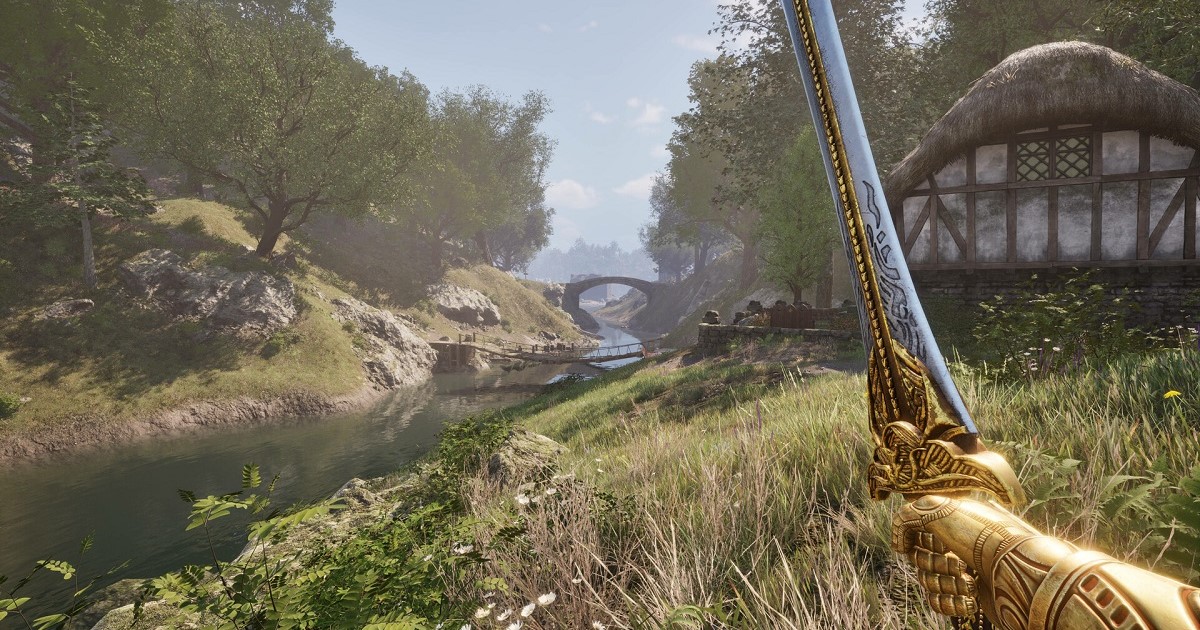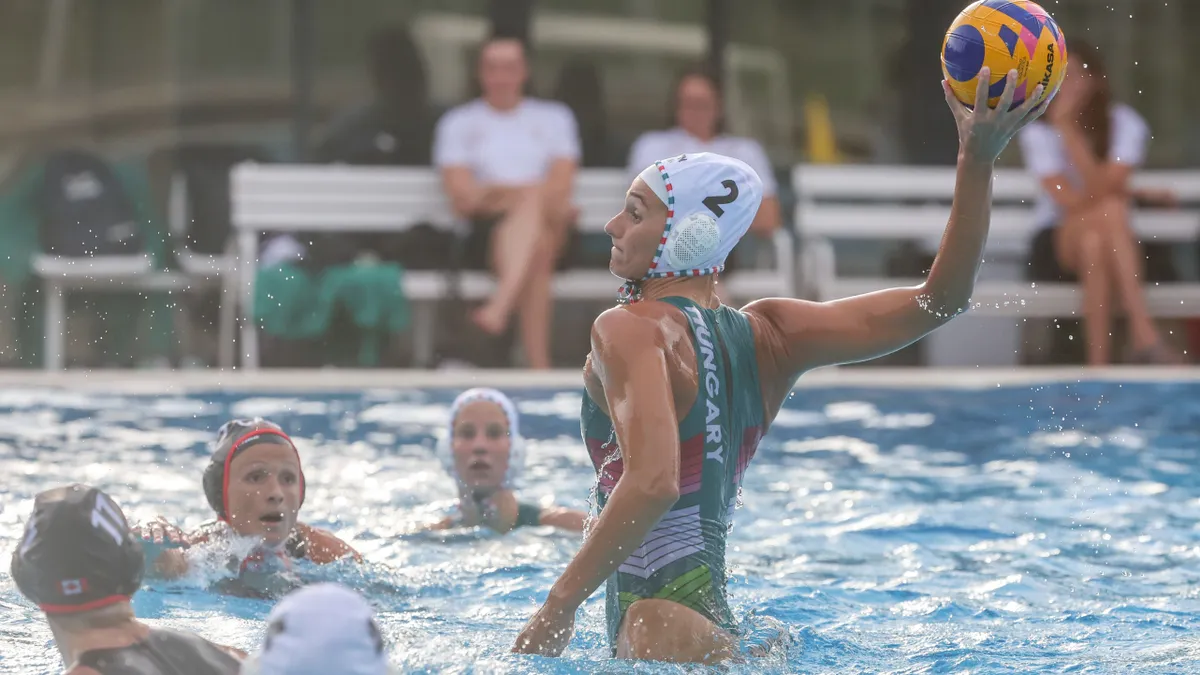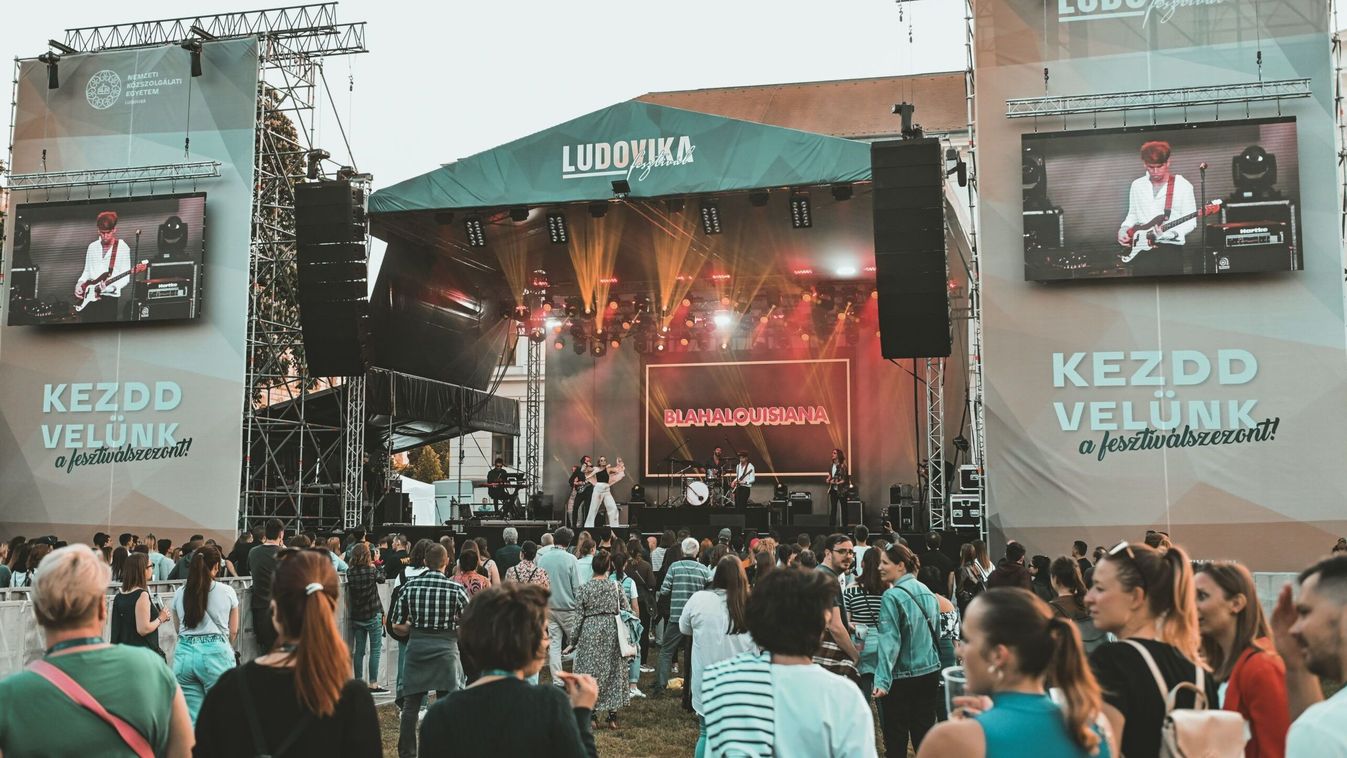Archaeologists have discovered the remains of a Roman arena in Turkey, saying that 20,000 people could witness the bloody clashes between gladiators and wild animal fights in the building, according to MTI. With reference to Live Science, educational science news portal.
The 1,800-year-old square was discovered last summer among the hills of the ancient city of Mistura in the Aydın province in southwestern Turkey. The monumental central battlefield of the monument has been filled with lands and plants in recent centuries. Project leader Sadat Akurnaz, an archaeologist at Adnan Menderes University, and Muhammad Umut Tuncer, the district’s cultural and tourism official, said that a large part of the amphitheater is underground and its visible parts are covered with shrubs and trees.
The specialists set out last fall to clean the area and maintain the condition of the building. He found that the square was approximately at i. s. It was built in the year 200, during the reign of the Severus dynasty, when the mastaba underwent great economic development.
Much of the plaza infrastructure remained in good condition. Although much of the structures have collapsed above ground over the years, the hall rows, the gladiator post, and some of the exterior retaining walls can still be seen. Archaeologists say that between 15 and 20,000 people gained access to the hall. In comparison, the Roman Colosseum was able to hold approximately 50,000 people. The outer walls of the square were now discovered 25 meters high, and its central square is 40 meters long and 30 meters wide.
According to experts, despite its small size, the audience in Mastoura Square may have witnessed the same bloody clashes as in the Roman Colosseum. There were separate sections in the building to await the wrestlers as well as to entertain the “VIPs”.
No similar amphitheater has been discovered in Anatolia and its immediate vicinity yet
Experts note, adding that the square likely attracted visitors from all over the region. Researchers will focus on cleaning and preserving the structure in the coming period, and have begun laser scanning the structure to capture a virtual 3D image of it. Geophysical measurements are then taken to map the underground parts of the rink.




